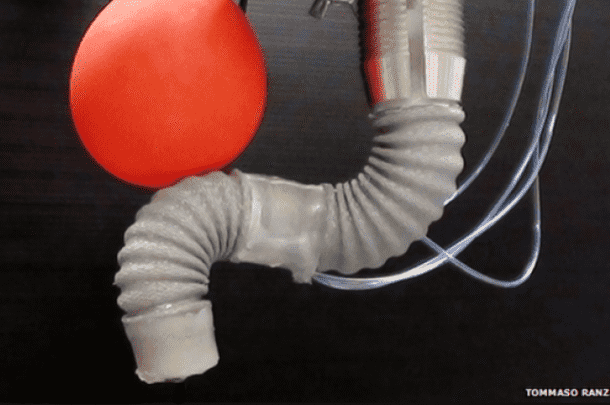Surgical robots are being used for an increasing number of roles in surgical operations. But one aspect that seems to be holding back their progress is that they can only be used by the tip. This octopus styled robot might just be able to take part in various other functions involved in the complicated surgeries like organ transplants.
The octopus arm can use the tip as well as the arm in a multifunctional display of robotics that is first of its kind in the medical field. It can manipulate the organs with the help of the tip just like any other and control the organs with the body of its arm. How does it achieve that? It does this by wrapping the tentacles around the target organ and moving them at will.
The tentacled robot is nowhere near completion yet as surgical robots have very complex workings, and they need detailed coding to make their working safe during the process. The Italian Doctor Tomasso Ranzani is hopeful that the octopus arm will be developed soon and help in operations. He says the need for a robot that can access and support remote areas of the body is dire, and that is where his invention will focus.
The arm is elastic in nature. It can elongate more than 62 percent of its length, rotate 255 degrees at one point and stiffen if required. This much-needed rigidity was achieved by granular jamming. It is a peculiar process in which the modules of the robot are jammed when the air in a mass of coffee resins is sucked out. Through this approach, the robot can lock in at any place if it is required to do so.
A skeletal object with joints can have a minimum level of maneuverability. A flexible thing on the other hand that can become rigid at will can prove more useful in surgical work. Such arm can bend in any direction, twist its parts or even change the length if required.
The mechanism was first tested on balloons filled with water and gave satisfactory results. So, we have a huge hope that these tentacles will soon be operating on human bodies!




